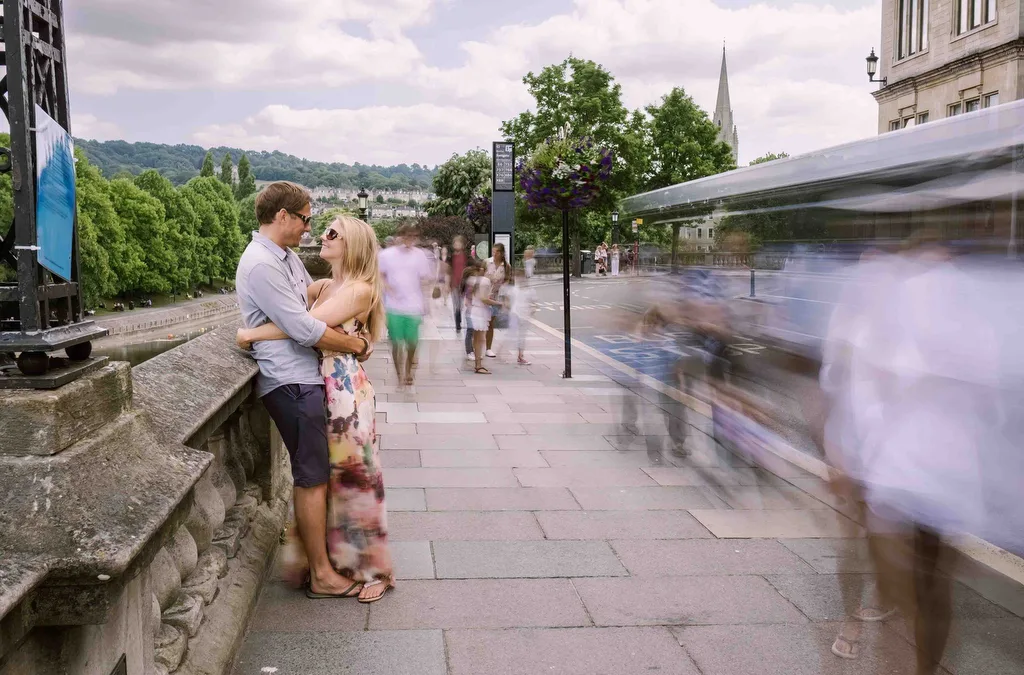Your Ultimate Guide to Wedding Photography
Welcome to “Say Cheese! Your Ultimate Guide to Wedding Photography for Newbies,” a beginner’s guide to capturing your special day. In this blog post, we’ll discuss everything from choosing the perfect photographer to understanding various photography styles.
Firstly, Choose Your Wedding Photographer Wisely
To begin with, it’s essential to select a recommended photographer who specializes in weddings. They should be able to capture the essence of your big day and create stunning images you’ll cherish for a lifetime.
Understanding Different Photography Styles
Next up, let’s explore the diverse world of wedding photography styles. From traditional to contemporary, there’s a style to suit every couple’s taste.
Traditional Wedding Photography
Initially, you may consider traditional wedding photography. This style focuses on capturing classic, posed wedding images. It’s perfect for couples who want timeless, elegant photos.
Reportage Wedding Photography
Alternatively, you might be drawn to reportage wedding photography. This style, also known as photojournalistic or documentary photography, captures candid moments as they unfold. It’s ideal for couples who want a more natural, authentic representation of their day.
Contemporary Wedding Photography
Lastly, contemporary wedding photography offers a modern, artistic approach. This style often features unique angles and creative compositions, perfect for couples seeking something different. Check out these unique wedding ideas for inspiration.
Discuss Your Vision with Your Photographer
Once you’ve chosen your preferred photography style, it’s crucial to communicate your expectations with your photographer. Discuss your vision, any specific shots you’d like, and any concerns or questions you may have.
Wedding Photography Timeline
Additionally, it’s helpful to create a wedding photography timeline. This ensures your photographer captures all the essential moments, from getting ready to the first dance.
Pre-Wedding Photos
Firstly, pre-wedding photos capture the excitement and anticipation as you and your wedding party prepare for the big day.
Ceremony Photos
Subsequently, the ceremony is the heart of your wedding day. Your photographer should capture everything from your entrance to the exchange of vows and rings.
Reception Photos
Following the ceremony, the reception is the time for celebration. Your photographer should document the toasts, first dance, and cake cutting, as well as candid moments throughout the party.

Couple’s Portraits
Lastly, don’t forget to schedule time for couple’s portraits. These intimate shots will serve as lasting reminders of your love and commitment.
The Importance of Lighting in Wedding Photography
Moreover, lighting plays a significant role in the quality of your wedding images. Your photographer should be skilled in working with natural and artificial light to create stunning photos.
Posing Tips for Perfect Wedding Photos
Additionally, it’s essential to feel comfortable and confident in front of the camera. Your photographer should guide you through various poses to ensure you look and feel your best.
Candid Shots vs. Posed Photos
Furthermore, consider the balance between candid and posed photos. While posed shots are classic and timeless, candid moments can add a touch of spontaneity and fun to your wedding album.
The Benefits of a Second Shooter
Also, consider hiring a second shooter for your wedding. This ensures that no moment goes undocumented, and it provides multiple perspectives on your special day.
Wedding Photography Packages
Moreover, discuss your photographer’s wedding packages. These may include different levels of coverage, additional services like engagement sessions, and the option for physical prints or albums.

Editing and Post-Processing Wedding Photos
After your wedding, your photographer will spend time editing and post-processing your images. This process enhances the photos, ensuring they look their best before being delivered to you.
Delivery of Your Wedding Images
Once the editing process is complete, your photographer will deliver your wedding images. Discuss the delivery method, whether it’s through an online gallery, USB drive, or another format.
Creating a Wedding Album
Next, consider creating a wedding album to showcase your favorite images. An album is a beautiful keepsake that tells the story of your special day for generations to come.
Sharing Your Wedding Photos Online
In addition, you may want to share your wedding photos on social media or through a personal website. Ask your photographer about their policy on sharing images online and any necessary credits.
Scheduling an Engagement Shoot
Furthermore, an engagement shoot is an excellent opportunity to get comfortable in front of the camera and bond with your photographer. Plus, the photos make great save-the-date cards or wedding website images.
The Value of a Bridal Session
Additionally, a bridal session allows you to take stunning portraits in your wedding attire before the big day. This can help alleviate stress on the wedding day and ensures you have gorgeous portraits to treasure.
Unique Wedding Photography Ideas
Lastly, consider incorporating quirky wedding ideas to make your wedding photos truly one-of-a-kind. From creative props to unconventional locations, the possibilities are endless.
Budgeting for Wedding Photography
Moreover, it’s crucial to budget for your wedding photography. Keep in mind that investing in a skilled photographer is an investment in memories that will last a lifetime.
Planning a Mid-Week Wedding
Additionally, if you’re considering a mid-week wedding, ask your photographer about their mid-week wedding photography offers. This may provide you with a more affordable option for your wedding photography needs.
Preserving Your Wedding Images
Lastly, ensure your wedding images stand the test of time by properly preserving them. Store digital files in multiple locations, and consider archival-quality prints or albums to protect your memories.
In conclusion, by following this guide, you’ll be well on your way to capturing the magic of your wedding day. Remember to choose a reputable photographer, communicate your vision, and enjoy the process of creating beautiful, lasting memories. Say cheese, and happy planning!

